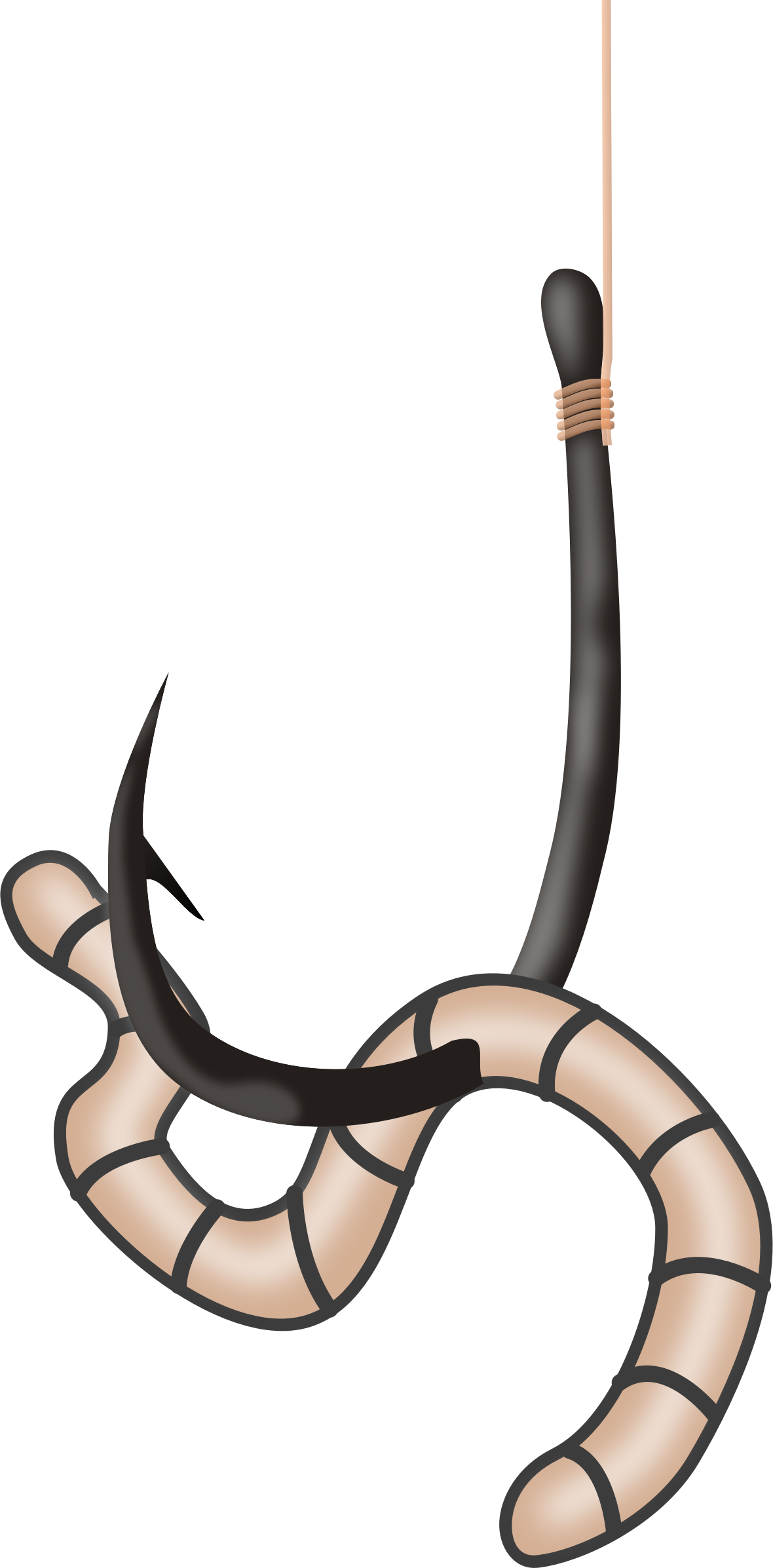Hi
The other day for some reason i tried flattening the back of a blade with a piece of 600g sandpaper and when I saw how quickly it worked I realised that my trio of Faithfull diamond sharpening plates is probably knackered after about 4 years of abuse. So I thought I’d ask for suggestions for replacement.
i don’t want water stones as I often hone concave profiled blades with “horns” which would ruin them in no time.
I have a smallish hard Arkansas stone which produces a nice fine edge. But has not held up particularly well as it has a few pits in it already. But I like the results. Of course I also have a strop.
It’s for freehand honing of chisels, plane irons, gouges etc, flattening backs, typical hand tool stuff. I have a grinder and a sorby pro-edge also for shaping. I’d like to be able to get fine edges and shiny backs without too much effort,
But I reckon it’s time for an upgrade. Suggestions welcome.
Thanks
Steve
The other day for some reason i tried flattening the back of a blade with a piece of 600g sandpaper and when I saw how quickly it worked I realised that my trio of Faithfull diamond sharpening plates is probably knackered after about 4 years of abuse. So I thought I’d ask for suggestions for replacement.
i don’t want water stones as I often hone concave profiled blades with “horns” which would ruin them in no time.
I have a smallish hard Arkansas stone which produces a nice fine edge. But has not held up particularly well as it has a few pits in it already. But I like the results. Of course I also have a strop.
It’s for freehand honing of chisels, plane irons, gouges etc, flattening backs, typical hand tool stuff. I have a grinder and a sorby pro-edge also for shaping. I’d like to be able to get fine edges and shiny backs without too much effort,
But I reckon it’s time for an upgrade. Suggestions welcome.
Thanks
Steve






